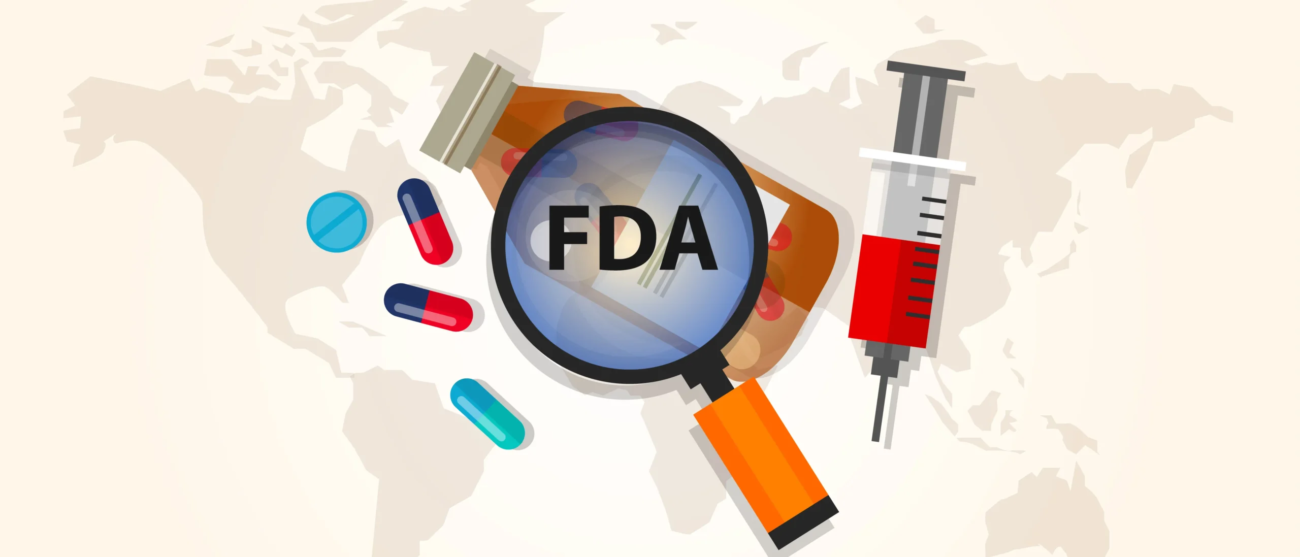Conducting in vivo bioequivalence (BE) studies is a critical step for companies developing generic drugs. These studies compare a test product to a reference drug to show that both perform the same in the human body. The U.S. Food and Drug Administration (FDA) has strict expectations when it comes to these studies, and failure to follow them properly can delay or even prevent product approval.
This guide offers easy-to-follow tips that help research teams stay compliant with FDA requirements during in vivo BE programs. Whether you’re just starting or preparing for submission, these practices can make a big difference.
1. Know the Purpose of In Vivo BE Studies
In vivo bioequivalence studies are required when in vitro data alone can’t demonstrate that two drug products work the same way in the body. These studies are commonly needed for orally administered drugs, especially when the absorption rate and extent may impact clinical effectiveness.
Understanding this purpose helps teams plan better, this isn’t just a box-checking exercise. The quality of your data directly affects the chances of your generic drug being approved.
2. Follow FDA Guidance Documents Closely
The FDA has issued product-specific guidances that explain exactly how to design and conduct BE studies for many drugs. These documents cover key areas like:
- Study design (e.g., crossover or parallel)
- Subject selectionf
- Dosage form and strength
- Sampling schedule
- Statistical criteria
Use the latest guidance relevant to your product. Don’t rely on older documents or assumptions from similar drugs, FDA expectations evolve over time.
3. Choose the Right Study Design
Most BE studies for solid oral dosage forms use a two-period, two-treatment crossover design. This allows each subject to receive both the test and reference products, helping reduce variability.
However, not all drugs fit this model. For drugs with long half-lives or high variability, a parallel design or replicate design may be more appropriate. Discuss study design with a qualified statistician early on and document your decision-making process.
4. Focus on Subject Safety and Ethics
Subjects participating in BE studies must be treated with care and respect. Obtain informed consent, follow good clinical practice (GCP) standards, and have all study protocols reviewed by an institutional review board (IRB) or ethics committee.
Also, monitor subjects for adverse events closely, even though BE studies involve healthy volunteers, risks are still present, especially when potent drugs are involved.
5. Keep Dosing Procedures Consistent
Small differences in how drugs are given to subjects can cause big problems in BE studies. Use standard procedures for drug administration. Record the exact time of dosing and make sure that subjects meet any fasting or dietary requirements.
Be especially careful if food effects are being studied. Meals must follow FDA-defined content and timing to maintain consistency across all subjects.
6. Collect and Handle Samples Properly
Blood samples must be collected at the right time points to accurately capture drug concentrations. Missing or poorly timed samples can weaken your results.
Train staff on proper phlebotomy techniques, label all tubes clearly, and maintain a strict chain of custody. Use validated storage and transport methods to protect sample integrity until analysis.
7. Use Validated Bioanalytical Methods
Your laboratory must use validated methods to analyze drug concentrations in biological samples. Validation includes accuracy, precision, specificity, and sensitivity tests. These methods should follow FDA bioanalytical method validation guidance.
Also, conduct sample analysis in compliance with Good Laboratory Practice (GLP) standards. Any changes in method during the study must be justified and documented in detail.
8. Analyze Data with Care
Statistical analysis of BE data typically focuses on pharmacokinetic parameters such as:
- Area under the curve (AUC)
- Maximum concentration (Cmax)
- Time to maximum concentration (Tmax)
The FDA expects the 90% confidence intervals for the AUC and Cmax ratios (test/reference) to fall within 80% to 125%. Your study report should clearly show how these calculations were made and include raw data and summary tables.
9. Document Everything
Thorough documentation is key to passing FDA inspections. Keep complete records of study design, protocols, consent forms, subject data, lab procedures, and final reports.
If something changes during the study (e.g., a protocol amendment or deviation), record the change, the reason for it, and who approved it. Missing or unclear documentation can raise serious concerns about data reliability.
10. Conduct Quality Assurance Audits
Even if your team is experienced, a second set of eyes is valuable. Perform internal quality checks and, if possible, use an external audit group to review your BE study before submission.
Audits should cover protocol adherence, informed consent, data accuracy, lab practices, and final reporting. Address any findings immediately, and keep audit reports on file for inspection.
11. Prepare for FDA Inspections
If your product reaches the approval stage, the FDA may inspect the study site or lab. Be prepared to explain your study’s design, subject protections, data analysis, and recordkeeping. Assign a point person to host the inspection and have key documents readily accessible.
A well-organized response during inspection shows that your team takes compliance seriously and boosts credibility with regulators.
12. Submit a Clear and Complete ANDA
Your Abbreviated New Drug Application (ANDA) should include a full study report with all raw data, tables, validation reports, and statistical summaries. Double-check that your formatting follows FDA submission guidelines to avoid rejection or delay.
Your cover letter should clearly state the type of study conducted, reference product, and whether fasting or fed conditions were used. Make it easy for FDA reviewers to follow your logic and verify your conclusions.
Conclusion
Complying with in vivo bioequivalence program requirements doesn’t have to be overwhelming. By following clear FDA guidance, maintaining strong documentation, and treating the process seriously from start to finish, you can reduce the risk of setbacks and build confidence in your submission. These tips not only help you stay compliant, they also help you run studies that are scientifically sound and ethically responsible.



